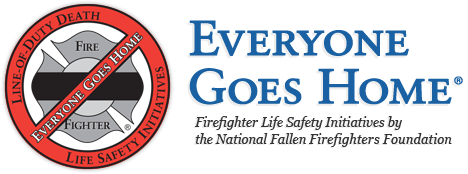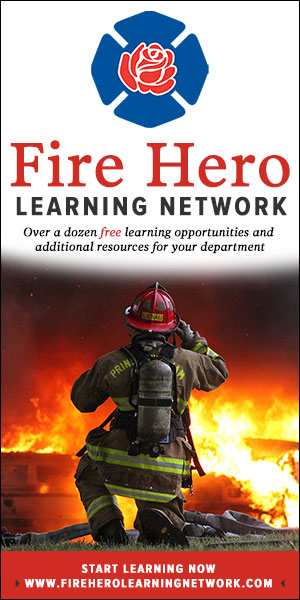While this is good news, the fact remains that the number one reason why firefighters die in the line-of-duty is due to a heart attack. The fire service wants this to change.
Recently, a group of cardiovascular researchers, physicians and fire service leadership, including representatives from IAFC, IAFF and NVFC, gathered to share findings, pose questions, identify gaps in existing research and frame a plan for reaching firefighters with a clear message: Take care of themselves. The meeting was hosted by the National Fallen Firefighters Foundation and the National Heart, Lung and Blood Institute (NHLBI). Sarah Jahnke, PhD, director and principal investigator of the Center for Fire Rescue and EMS Health Research Institute, facilitated the meeting.
Some of the key points from the presentations and discussions included:
- The “adrenalin rush” many experience during a call combined with the physical demands, heat, dehydration and environmental conditions (smoke, particulates, and toxins) negatively affect the body’s ability to function under the stress.
- Like the general population, obesity, inactivity and family history are significant factors among firefighters. Each can increase the risk of heart attack or stroke. The results of two large studies of firefighters show they are more overweight compared to the non-firefighters. Furthermore, the average annual weight gain in fire service is 2 lbs per year, slightly higher than the general population.
- Additionally, over-consumption of alcohol and smokeless tobacco use are higher among firefighters than the public.
The group discussed how cultural factors within the fire station promote poor health habits and need to be specifically addressed by fire service. Participants agreed that creating messages tailored to a fire service solution would resonate more across all departments – from volunteer and career to wildland and contractual members. Furthermore, firefighters – like military – hear things in a different way because they already are involved in a higher-risk category.
“We need to reach the chiefs to disseminate messages and expectations, put policies in place and encourage best practices,” said Chief Ernie Mitchell, US Fire Service Administrator. “Having the science behind these recommendations ensures that it’s not just an opinion or what I think needs to change.”
As the NFFF’s Behavioral Health Model has shown, sharing personal success stories and peer-counseling are effective methods for inspiring action and change within the fire service.
Chief Mitchell believes working in partnership with fire service leaders and researchers will make a difference. “The fire service needs good, clear information to penetrate the noise,” he said.
The meeting set the framework for a second meeting in December that will include a broader cross-section of the fire service and identify action-items that departments and individuals can adopt. Anyone interested in this topic should be on the look-out for a summary paper on www.everyonegoeshome.com.


